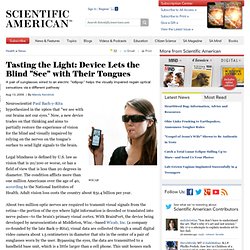

Viral darwinism. Infographic of the Day: World-Changing Charts From the Victorian Era. You'd be forgiven for thinking infographics were a modern phenomenon.

But they aren't, and Bibliodyssey has this amazing selection of charts that proves it. The best piece in their collection was created in 1854, and it depicts the longest rivers and highest mountains in the world. The mountains and rivers are arranged in descending and ascending order. This is basically a bar chart, illustrated by hand with a level of polish and precision you'd be hard-pressed to find in this pixel-pushing era.
Here's a detail of the rivers: And a detail of the mountains: This chart isn't an outlier, not by a long shot. Edward Tufte calls this one, created by Charles Jospeh Minard in 1869, "Probably the best statistical graph ever drawn. " A detail (the small tan branch which turns black depicts a portion of the army that turned around, well shy of Moscow. Another classic of infographics comes from Florence Nightingale. Now, you might wonder why the Victorians seemed to be so damn good at infographics. Tasting the Light: Device Lets the Blind "See" with Their Tongues:... Neuroscientist Paul Bach-y-Rita hypothesized in the 1960s that "we see with our brains not our eyes.

" Now, a new device trades on that thinking and aims to partially restore the experience of vision for the blind and visually impaired by relying on the nerves on the tongue's surface to send light signals to the brain. Legal blindness is defined by U.S. law as vision that is 20/200 or worse, or has a field of view that is less than 20 degrees in diameter. The condition afflicts more than one million Americans over the age of 40, according to the National Institutes of Health. Adult vision loss costs the country about $51.4 billion per year.
About two million optic nerves are required to transmit visual signals from the retina—the portion of the eye where light information is decoded or translated into nerve pulses—to the brain's primary visual cortex. Wicab will submit BrainPort to the U.S. "We can't just throw up an eye chart.
Etymology of Neuroscience Terms. Neuroscience and the Soul. Neurotheology: This Is Your Brain On Religion. Principles of NeurotheologyBy Andrew B.

NewbergPaperback, 284 pagesAshgateList price: $29.95 "Neurotheology" is a unique field of scholarship and investigation that seeks to understand the relationship specifically between the brain and theology, and more broadly between the mind and religion. As a topic, neurotheology has garnered substantial attention in the academic and lay communities in recent years. Several books have been written addressing the relationship between the brain and religious experience and numerous scholarly articles have been published on the topic.
The scientific and religious communities have been very interested in obtaining more information regarding neurotheology, how to approach this topic, and whether science and religion can be integrated in some manner that preserves, and perhaps enhances, both. In short, for neurotheology to be successful, science must be kept rigorous and religion must be kept religious. 1. 2. 3.